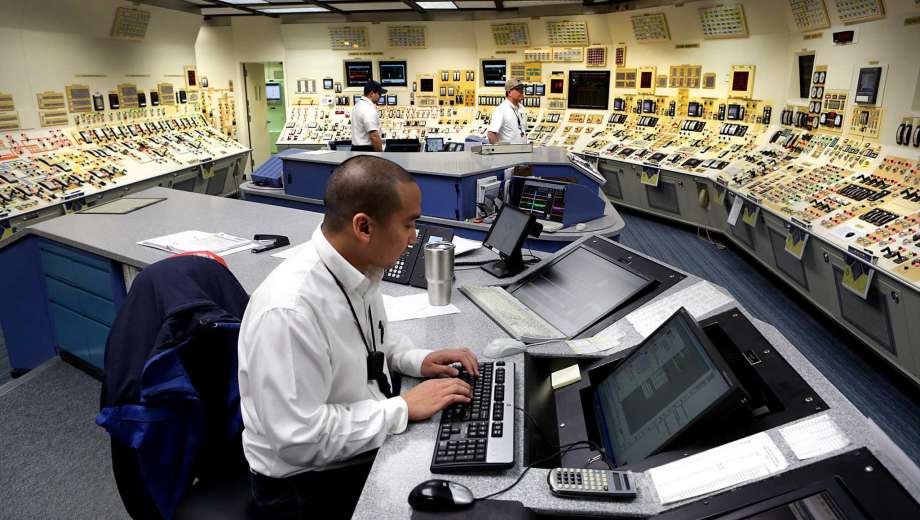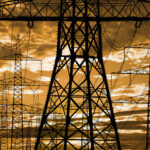Source: Houston Chronicle
WASHINGTON – Getting the power grid to net-zero carbon emissions by 2050 will be far less costly if nuclear power, along with wind and solar energy, can be expanded, according to scientists from the Massachusetts Institute of Technology.

John Reilly, co-director of MIT’s Joint Program on Global Change, and other scientists warn the cost of powering the grid primarily with the intermittent electricity renewables produce would prove very costly and require a high tax or fee on carbon emissions.
However, were the cost of nuclear energy to come down by a third from today’s costs, that would reduce the need to overhaul the grid and reduce any carbon price by about two thirds.
“Continued focus on lowering the cost of baseload generation from low-carbon sources such as nuclear would make achieving deep reductions in carbon emissions much less costly,” the scientists wrote in a September report.
Reilly is scheduled to present his finding on Capitol Hill Wednesday, as Congress examines how the United States can reduce its greenhouse emissions to net-zero to avoid the word consequences of climate change,
Under MIT’s scenario to achieve a 90 percent reduction in carbon emissions by 2050, wind and solar energy would provide about 40 percent of the electricity on the power grid – four times what they provide now. The remainder would could from nuclear and natural gas plants and hydroelectric dams.
“The additional system costs of wind and solar are minimal until they reach about 40 percent of power supply, but after that level these extra costs rise, making room for other power technologies such as nuclear, which can significantly reduce the carbon price needed to achieve deep decarbonization in the U.S.,” the report reads.
Efforts to create a safer and cheaper form of nuclear energy have been in the works for years, as scientists experiment with materials like molten salt and liquid metal to cool reactors, instead of water. But so far the cost of the technology remains too high for power companies to invest.
In the meantime U.S. nuclear plants have been steadily closing down, struggling to compete with the wind and solar farms going up around the country.






